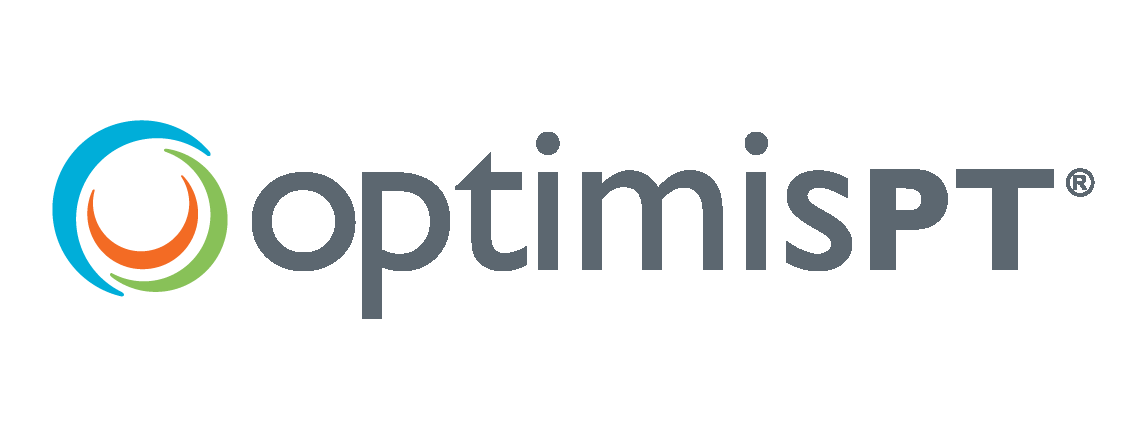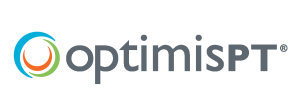Best Documentation Practices for Rehab Therapists
By: Jennifer Heiligman, PT, MPT

Documentation is arguably the most important, yet most despised, aspect of rehab therapy. As therapists we are legally required to keep a record of our patient visits, including the subjective and objective information. Those records are then used to support the medical necessity of the therapy that is being provided in order to gain reimbursement from the payer. This article will provide some best practices to help you complete compliant, defensible documentation.

Document at Point of Care
The first important aspect of good documentation is to complete documentation at the point of care. This means as you are evaluating or treating the patient you are concurrently documenting the information. In addition to saving time, this process also allows for more accurate medical records. If you record the treatments being rendered or the findings to your special tests and measures as they are being performed, it will be more accurate than if you were to document all your patient visits at the end of your day. Using an advanced Electronic Medical Records system (EMR), like OptimisPT, will allow you to easily document at point of care because of how the information is populated and displayed within the system. *For additional tips and information on this topic stay tuned for our upcoming blog post “How to Document Effectively at Point of Care”.
Use Unique Statements
When documenting it is important to enter unique statements in each section of the note. You want to make sure that you are not consistently copying over the same information visit to visit. The data should accurately reflect the patient and visit status for each individual date of service. Including the same information visit after visit may make it appear as if the patient is not progressing and therefore, skilled therapy is not necessary. While an EMR that auto populates the previously documented information may seem like a time saver, in reality, it may be setting your practice up for audits and decreased reimbursement. A better option would be to function as OptimisPT does. Our system gives the therapist the option to pull information from previous visits so they can decide if it is relevant and accurate for the current visit and then update the data as necessary once pulled forward.

Include and Update Objective Measures
Your documentation should incorporate validated functional outcome measures and other objective measurements that should be updated throughout the plan of care to illustrate progress. These objective measures should include impairment measures, such as range of motion, strength, flexibility and pain levels. You should update at least one objective measure every visit. By using validated functional outcome measures like the DASH, Oswestry or Patient Specific Functional Scale, you will be able to illustrate how the therapy you are rendering improves your patient’s outcomes. Activity measures are the specific activities that the patient is having difficulty completing. These could include items such as lifting objects, walking a certain distance, sleeping, or dressing. Documentation of activity measures will support the importance of skilled therapy in the role of restoring function.
Write Defensible Goals
Measurable functional goals are critical in supporting medical necessity and must be related to those objective impairments and activities identified during the evaluation and development of the plan of care. The relevant impairment measures must be linked with the objective activity measures that they impact. You must assure that functional targets are identified and supported by an appropriate rationale and time-frame for achievement in order to create defensible goals. If you are an OptimisPT user, the Goal Builder will assist you in creating compliant, defensible goals. Per compliance, goal progression does not need to be documented for every goal on every visit. However, by indicating progress often, you help to support the necessity of continued skilled therapy. Keep in mind, for your Medicare patients, you should be documenting progress at least every 10th visit.

Specify Treatments Rendered
The treatment plan should be a result of the evaluation findings and clinical presentation of the patient that led to the established functional goals and plan of care. Documentation of treatments rendered during each date of service should be as specific as possible. This means for each skilled intervention completed with the patient, the specific activities, exercises, techniques, modalities etc., should be included. Parameters including reps, sets, and resistance levels and minutes, for those timed activities, as well as modality settings, should be included for each activity completed during the visit. The more detailed your treatment documentation is, the better justification for your billing. Treatments should be progressed at least every 3rd visit, as tolerated by the patient. Documenting the increase in sets, reps or time will assist in supporting the need for skilled therapy.
Additional Tips to Meet Compliance
Other general items that should be included in your documentation in order to improve compliance include the patient’s prior level of function, prognosis and any comorbidities that may impact the frequency, duration or intensity of therapy. Contraindications to therapy should be reported and if none exist, then “no contraindications” should be documented. Avoid using non specific statements such as “tolerated treatment well” or “patient states they are feeling better” as these do not illustrate how the treatment is impacting the patient.
Documentation should support the medical necessity of the skilled intervention you are providing to your patients. The better your documentation is, combined with proper billing and coding, the less likely it may be that you are selected for an audit. However, if you are audited, by following these guidelines, your documentation will be more compliant and defensible and will support the skilled therapy that you rendered.
You can visit your individual professional association website for more discipline specific information: APTA, AOTA, ASHA





